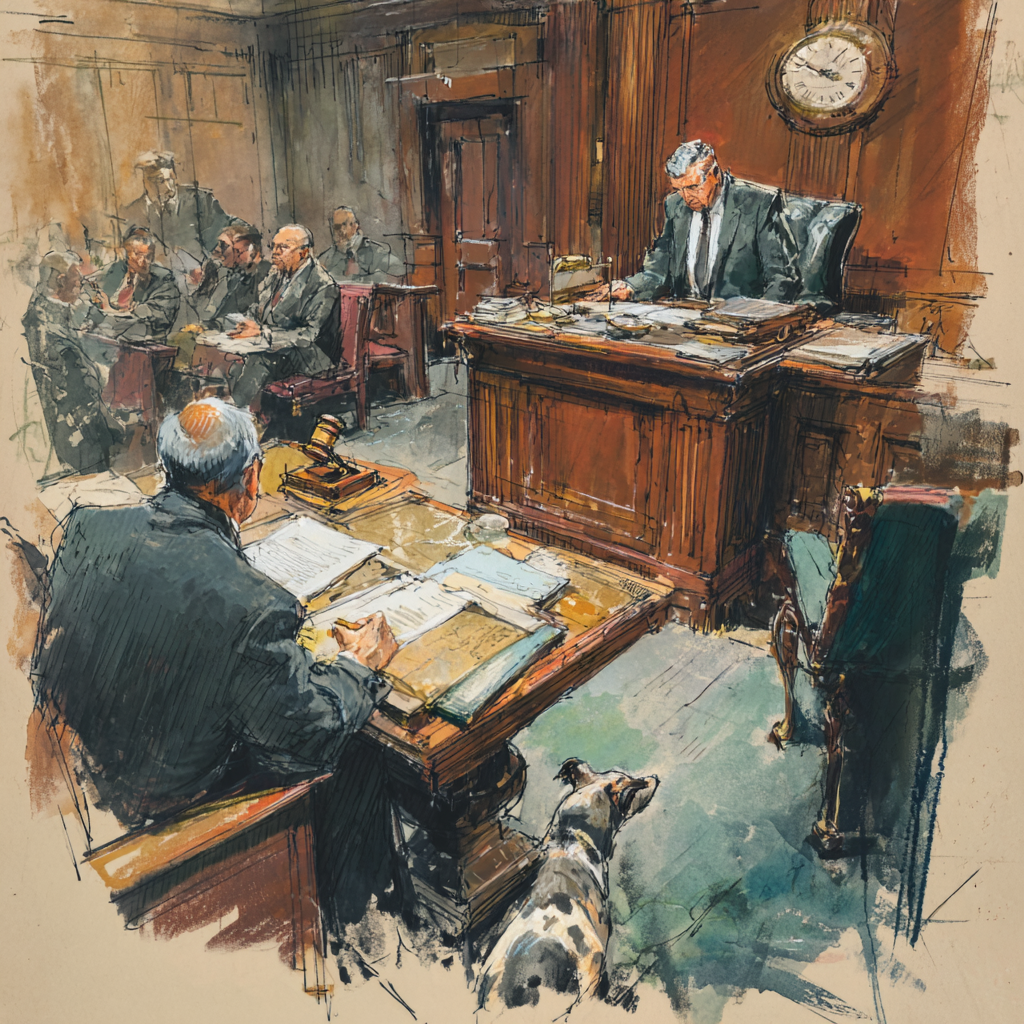Matter of Miller v Annucci, 2021 NY Slip Op 04954 (2021)
(1) “CPLR 5515 (1) provides that an appeal is taken when, in addition to being duly served, the notice of appeal is “fil[ed] . . . in the office where the judgment or order of the court of original instance is entered.” The CPLR further clarifies that “papers required to be filed shall be filed with the clerk of the court in which the action is triable” (CPLR 2102 [a]). Thus, by its express terms, the CPLR indicates that filing occurs when the clerk’s office receives the notice of appeal. Indeed, “filing” has long been understood to occur only upon actual receipt by the appropriate court clerk (see Matter of Grant v Senkowski, 95 NY2d 605, 608-609 [2001]; see also Sweeney v City of New York, 225 NY 271, 275 [1919]). A “mailbox rule” for filing would also contravene the clear distinctions between filing and service drawn by the legislature inasmuch as the CPLR directs that, unlike filing, “service by mail shall be complete upon mailing” (CPLR 2103 [b] [2]). We are not free to disregard the statutory text defining when filing and service occurs, or to otherwise endorse an exception to the relevant CPLR provisions that has not been adopted by the legislature (see Commonwealth of the N. Mariana Is. v Canadian Imperial Bank of Commerce, 21 NY3d 55, 60 [2013]; Matter of Grant, 95 NY2d at 608-610).”
(2) “Petitioner’s reliance on Houston v Lack (487 US 266, 268 [1988])—where the Supreme Court of the United States deemed a pro se prisoner’s notice of appeal to be filed within the meaning of the Federal Rules of Appellate Procedure when delivered to prison officials—is misplaced. As we have explained, the Supreme Court’s authority to interpret the Federal Rules—promulgated and adopted by the Court itself—”exceeds our authority in interpreting the CPLR, which consists of statutory provisions that we are constrained to interpret so as to give effect to the will of the Legislature” and, here, “the Legislature’s intent to treat” a notice of appeal “as ‘filed’ upon the actual receipt of those papers by the clerk of the court—rather than upon delivery to prison authorities for forwarding to the court—is manifest from the statute’s language and purpose” (Matter of Grant, 95 NY2d at 608).”
(3) Nonetheless, as respondent points out, the legislature has given courts the authority to excuse untimely filing under certain circumstances. CPLR 5520 provides that, “[i]f an appellant either serves or files a timely notice of appeal . . . , but neglects through mistake or excusable neglect to do another required act within the time limited, the court from or to which the appeal is taken . . . may grant an extension of time for curing the omission” (CPLR 5520 [a]). Here, the basis of the Appellate Division order of dismissal is unclear. While we can determine that the filing was untimely as a matter of law, we cannot discern whether the Appellate Division dismissed based on untimely filing alone, whether the court determined if timely service was established, and—if so—whether the court considered that it could exercise discretion to excuse the untimely filing under CPLR 5520. Accordingly, we reverse and remit for further proceedings (see M Entertainment, Inc. v Leydier, 13 NY3d 827, 829 [2009]).”
__________________
Why did I publish this? It is interesting from the standpoint that the CPLR is a roadblock that Courts cannot surpass, as opposed to the Fed. R. Civ. Pro or the other states out there that utilize court rules to address disputes.









